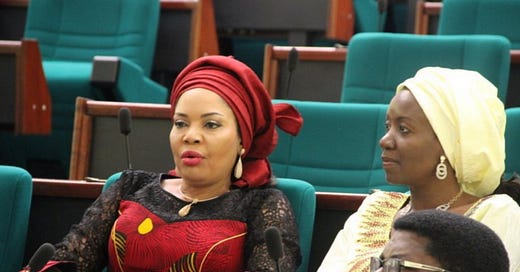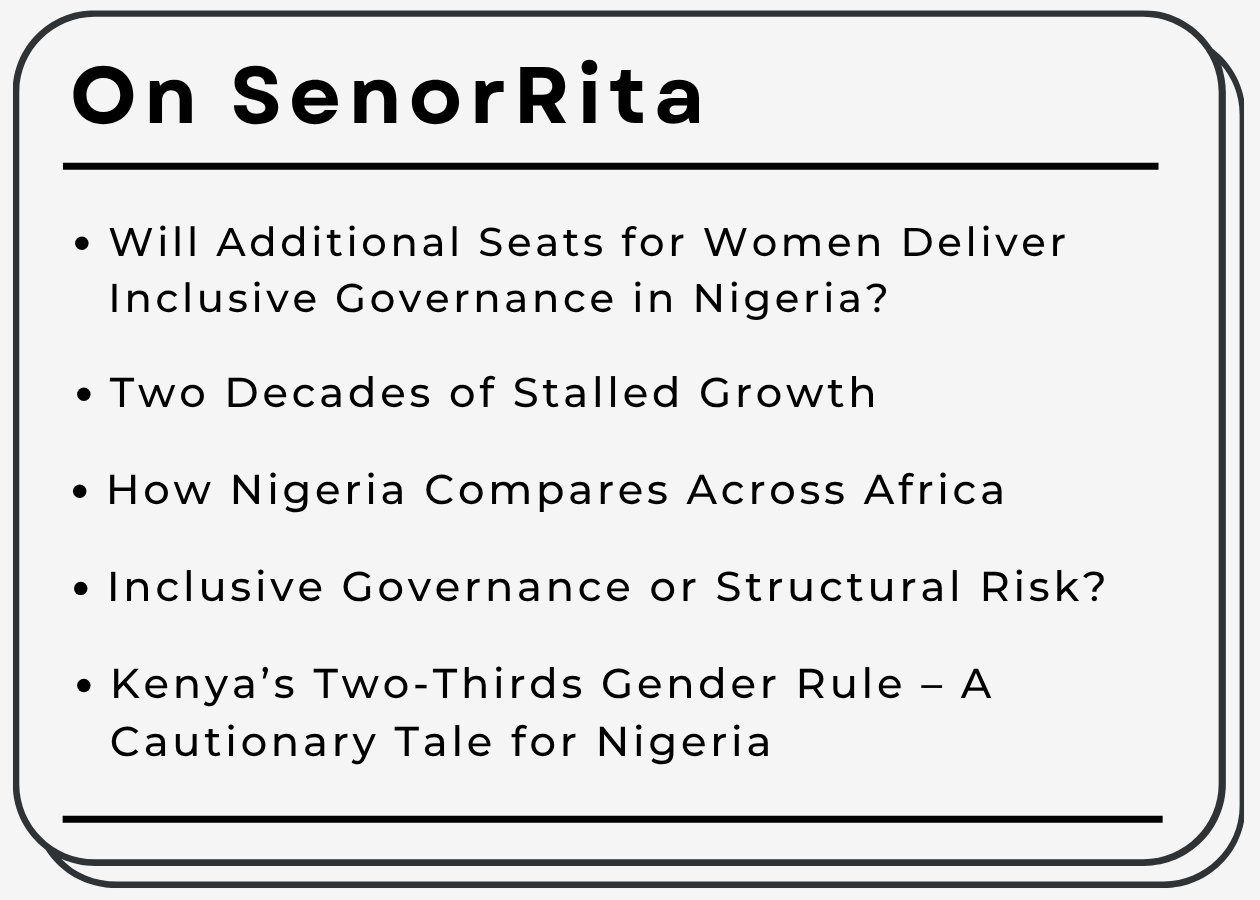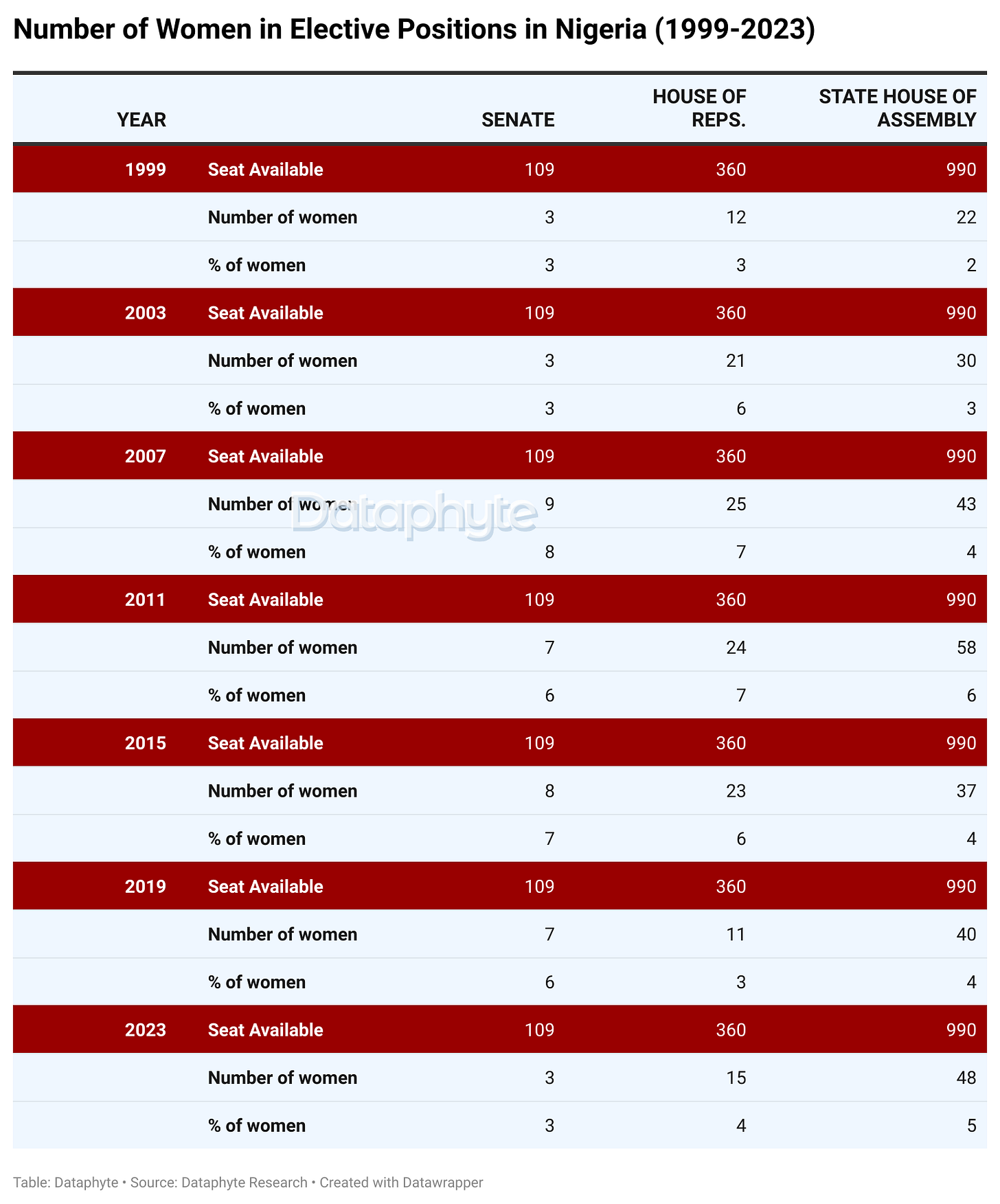As part of the ongoing amendment of Nigeria’s 1999 Constitution, which is expected to reach the State Houses of Assembly for ratification before the end of 2025, one of the key bills under review is a measure aimed at improving gender representation. The bill seeks to create dedicated seats for women in both the National Assembly and the State Houses of Assembly.
Despite comprising nearly half of the country’s population, women hold less than 5% of legislative seats in the current 10th National Assembly, just 3 out of 109 Senators and 14 out of 360 House members. To correct this imbalance, the proposed amendment would introduce one additional female-only Senate seat per state and the FCT, and two such seats in the House of Representatives. If passed, this would expand the National Assembly to 580 members, 146 in the Senate and 434 in the House, with 111 seats reserved exclusively for women.
While the proposal marks a legislative leap toward inclusion, it also raises critical questions. Will gender-exclusive seats truly amplify women’s voices or create parallel standards that reinforce segregation and tokenism? Moreover, this 21–34% expansion of both chambers will increase the cost of governance without meeting the UN’s 30% minimum recommendation for women in political leadership.
The bill increases the number of women in parliament, but it mainly offers symbolic progress; it stops short of addressing the structural barriers that keep women out of politics in the first place. Instead of integrating women into the broader political space where they can compete equally, it creates a separate track, one that risks reinforcing gender segregation rather than genuine inclusion.
Two Decades of Stalled Growth
Over the past two decades, women’s involvement in Nigeria’s elective political spaces has remained notably low, with only slight progress recorded over time.
For instance, in 1999, during Nigeria’s transition back to democratic governance, women held just 3% of the seats in both the Senate and House of Representatives, and only 2% in State Assemblies.
Within this timeline to date, 2011 marked the year with the highest female participation in the national and state assemblies. That year, women secured 6% of seats in the Senate, 7% in the House of Representatives, and 6% in state legislatures. Since then, the trend has reversed. By 2023, women held only 3% of Senate seats, 4% in the House, and 5% in State Assemblies.
Explore Our Publications
We release in-depth research publications and publish compelling data-driven reports on a wide range of topics.






